Rage War Review
Pros: Very strategic gameplay from attacking and defending, various routes to advance down the tech tree, large PVE campaign and PVP gameplay
Cons: Out-dated graphics, a little buggy opening menus sometimes, some premium currency only army slots provide pay to win advantage
Gameplay: 8
Graphics: 5
Performance: 7
Overall: 6.5
We checked out Fury Studio’s city building free to play strategy game Rage War this past weekend. A blast back to the past where a time machine experiment gone wrong leaves us in the Stone Age and we have to build up our own settlement and recovering the pieces of our machine. The game is a cross-platform title available on PC and Mac mini-client, web browser or iOS and Android app for mobile. Playing as, or guided by, the parallel universe inventor Leonardo Da Vinci the aim of the game is to build up resources, advance your tech, construct a city and train an army.
On the surface it sounds like a long list of other city building strategy games on the market, but as far as features and mechanics go we were pleasantly surprised. What the developers seem to have done is take all the elements of automation you see in other strategy games and just get rid of them. Building a city isn’t simply selecting a pre-existing building and upgrading it, it’s choosing where you want to place it on your available land and connecting it with roads. The reason for this is because the positioning of your buildings and defences is very important for PVP, as we’ll explain momentarily.
Similarly, this isn’t a “build an army, select a target, then click attack and wait for a battle report” type strategy. An attack, whether in the extensive PVE campaign mode or through PVP matches, requires actual thought, planning and tactics. In a battle players will see the defending settlement, where their buildings and defences are, as well as where units are positioned. Attackers then get to choose where they want to attack from on two different flanks, where about they want to place units and which units they wish to fight with from their army. When units are placed down and a fight begins they will head in a straight line and attack everything they come in contact with, whereas the defending units will move left and right to block attackers.
Units have strengths and weaknesses, both against the units, defences and buildings, and work better in different roles. Each unit has a stamina bar that depletes as they fight, so can only last in a battle for so long, which means defeating an enemy and destroying their castle before they get tired is important. The numbers of units you have to fight through, the defences you have to smash down, are all stalling tactics to protect the main Castle building. It’s a fun system, very in line with the popular app attack-defence game Clash of Clans, and more than enough times we’d fail to beat our AI opponents. This is what made the game fun, we had to change our strategy, choose different positions to attack from with units in order to defeat the enemy and find their weak spot; it had actual strategy.
Whilst we didn’t get to a high enough level to begin attacking other players, the premise is still the same. For our own settlement we were able to choose which units we wanted to defend with, and so this is why the positioning of your buildings also becomes far more strategic as your enemies will look for weak spots when they invade. Trying to balance wealth with constructing enough buildings to house your units becomes a challenge in itself, deciding which techs to unlock and how you want to progress through the tech tree. A relief for the tech tree itself was that the various branches weren’t uniformed and didn’t force you into the same techs, bottlenecking customization, instead allowing players to choose their own path of advancement to their play style.
The biggest downfall of the game, outside of a few bugs that would sometimes not let us open windows, were the graphics. We were initially optimistic as the actual game cinematic was good, surprisingly so, with a 3D intro and voice over (though the person doing it sounded like Tom Hardy’s Bane from Batman). Then loading into the game the user interface graphics were decent enough, albeit big buttons to account for app use, but the actual animations and graphics style looked very dated and low-quality in places (especially when zoomed in). That said, with the gameplay being pretty decent it’s easy enough to look past the graphics and there’s plenty of strategy games that look fantastic but are boring as hell.

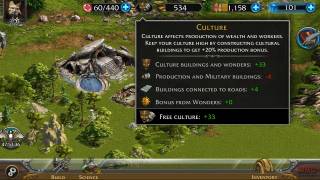
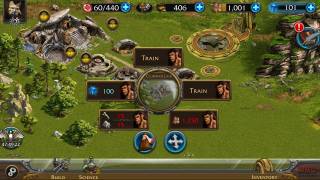
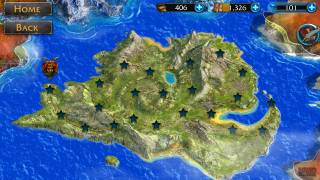
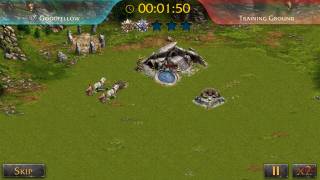
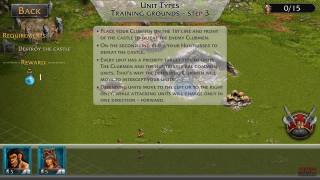
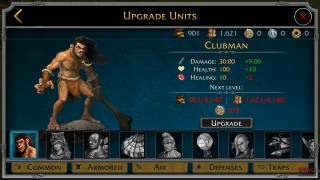
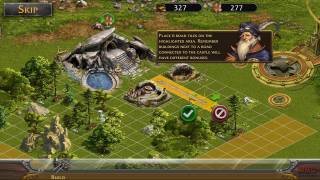
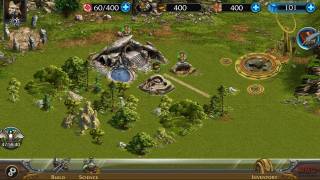
Deja tu comentario
You must be logged in to post a comment.